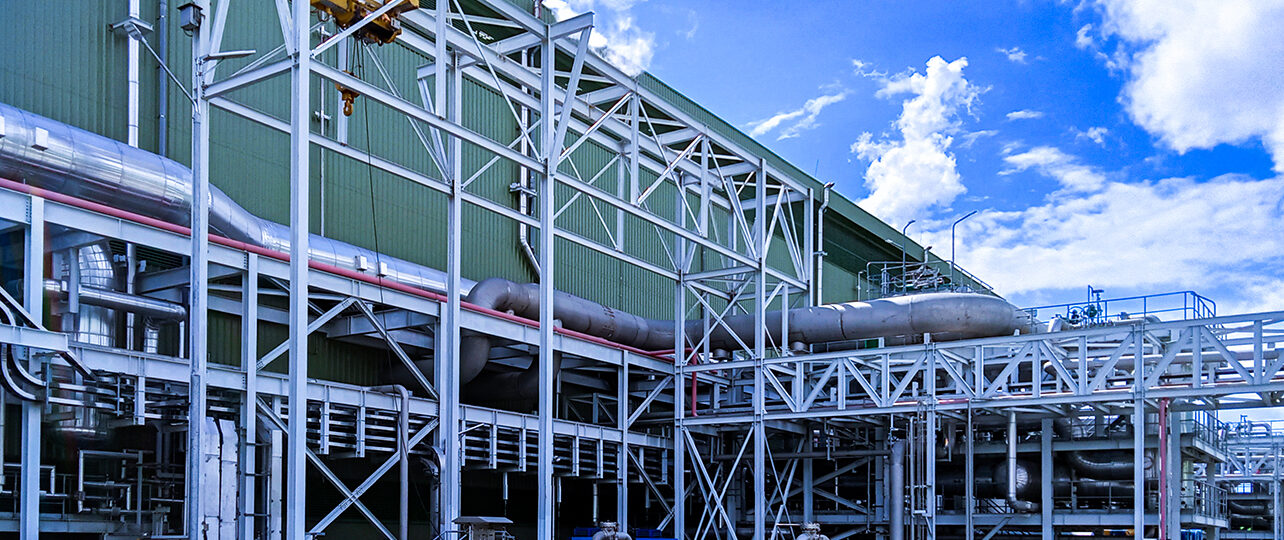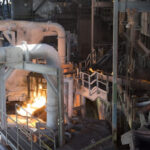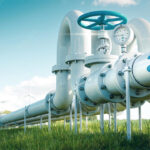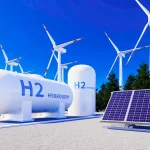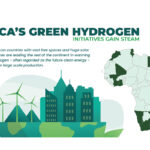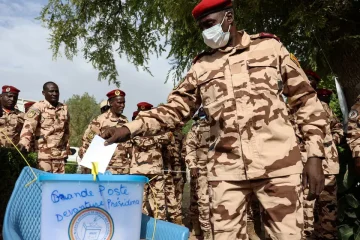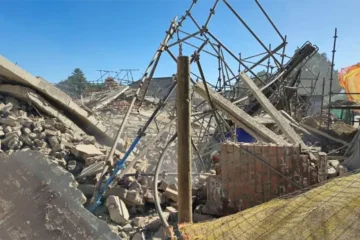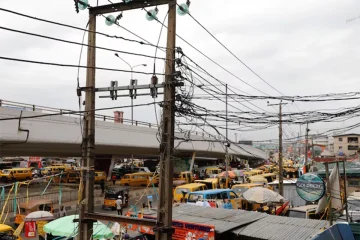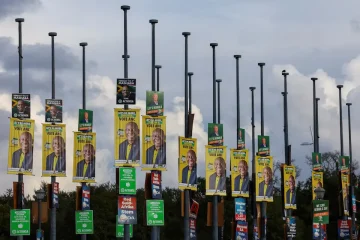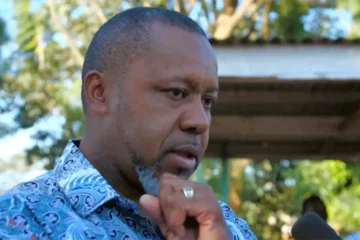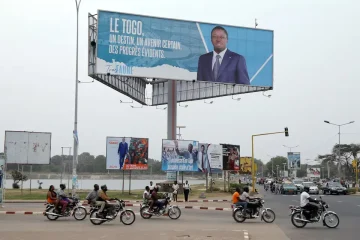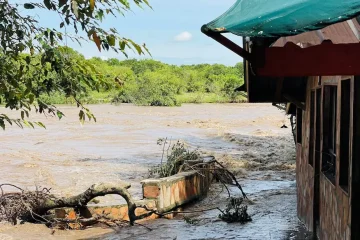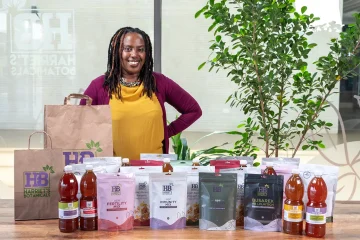AFRICA is breaking away from emission-intensive steel production with a number of countries already on the path to operationalising green steel manufacturing plants.
Namibia is racing to host the continent’s first exclusive green steel plant, having publicly announced that its flagship project is scheduled to begin operations in the last quarter of 2024.
Earlier in November, Namibia broke ground at its HyIron Oshivela Project which will feature production based on the Direct Reduced Iron (DRI) steelmaking method, powered by wind and solar energy.
The project, run by a consortium of German and Namibian companies and backed by the German Federal Ministry of Economics and Climate Protection, will initially produce 15,000 tons of Direct Reduced Iron, with zero carbon emissions.
After the pilot phase, production will be ramped up to 1 million tonnes of iron per year, the Namibia Investment Promotion and Development Board (NIPDB) said in a statement on X, the platform formerly known as Twitter.
“With a planned start in late 2024, Oshivela will be one of the biggest primary production sites of green iron worldwide,” HyIron Green Technologies said on their website.
Iron production in the steelmaking process traditionally relies on carbon-intensive methods, emitting substantial carbon dioxide, making steel a major contributor to global carbon emissions.
“The HyIron Oshivela Project will revolutionise this process, employing direct reduction techniques with green hydrogen,” the Namibia Investment Promotion and Development Board said.
Egypt, the largest crude steel producer in Africa, is looking to maintain its lead in the trade and local firms have begun closing a financing round from multilateral lenders to promote sustainable flat steel manufacturing.
In September, the World Bank’s financing arm, the International Finance Corporation (IFC) extended a US$25 million loan to Egypt’s flagship steel company, Kandil Steel, to promote sustainable production as the firm expands capacity.
“This project will help the company to meet the growing demand for steel products in Egypt and its many export markets – and will contribute to decarbonizing the manufacturing industry,” said IFC North Africa and Horn of Africa, Regional Director, Cheick-Oumar Sylla in a statement.
Egypt’s cabinet announced in mid-September it intended to set up a US$1 billion integrated industrial plant to produce flat steel with an output capacity of 1.8 million metric tons per year.
Green Steel Tracker data from the Leadership Group for Industry Transition (LeadIT) shows two African countries – South Africa and Mauritania – in separate partnership arrangements with one of the world’s largest steel manufacturers, ArcelorMittal, to develop sustainable steelmaking.
South Africa has developed a national industry master plan that spells out how existing steel plants will transition from extensive use of fossil fuels to clean energy.
South Africa’s steel industry has set a target to reach carbon neutrality by 2050.
“This will include the increased use of renewable power, gas replacing coal power, the development of the hydrogen economy, water recycling and the more efficient use of water and waste reduction and recycling (the circular economy),” according to the authors of the master plan.
Already, two of South Africa’s biggest industrial operators and among the country’s largest emitters of greenhouse gases after Eskom –Sasol and steel maker, ArcelorMittal South Africa (AMSA) have begun the de-carbonisation journey.
The two signed an MoU in October 2022 to jointly develop technology to enable them to produce green steel using green hydrogen and its derivatives at the Vanderbijlpark steel plant.
In May 2022, Mauritania’s state-backed SNIM (Société Nationale Industrielle et Minière de Mauritanie) signed an MoU with ArcelorMittal establishing a steel unit to produce 2.5 million tonnes of green steel per year.
A Commonwealth Secretariat report, titled ‘Towards a Green Steel Ecosystem in the East African Community’, shows how rising demand for steel in East Africa has the potential to propel a billion-dollar ‘green steel ecosystem.’
Burundi, the Democratic Republic of the Congo, Kenya, Rwanda, South Sudan, Tanzania, and Uganda, are among countries listed in the report as having seen a sharp increase in the demand for steel over the last decade.
Kenya and Tanzania together used over 4 million tonnes of steel in 2019, while Ugandan demand was 1 million tonnes per year, notes the Commonwealth report.
Usefull links- https://www.thecommonwealth-ilibrary.org/index.php/comsec/catalog/book/1100
- https://www.industrytransition.org/green-steel-tracker/

